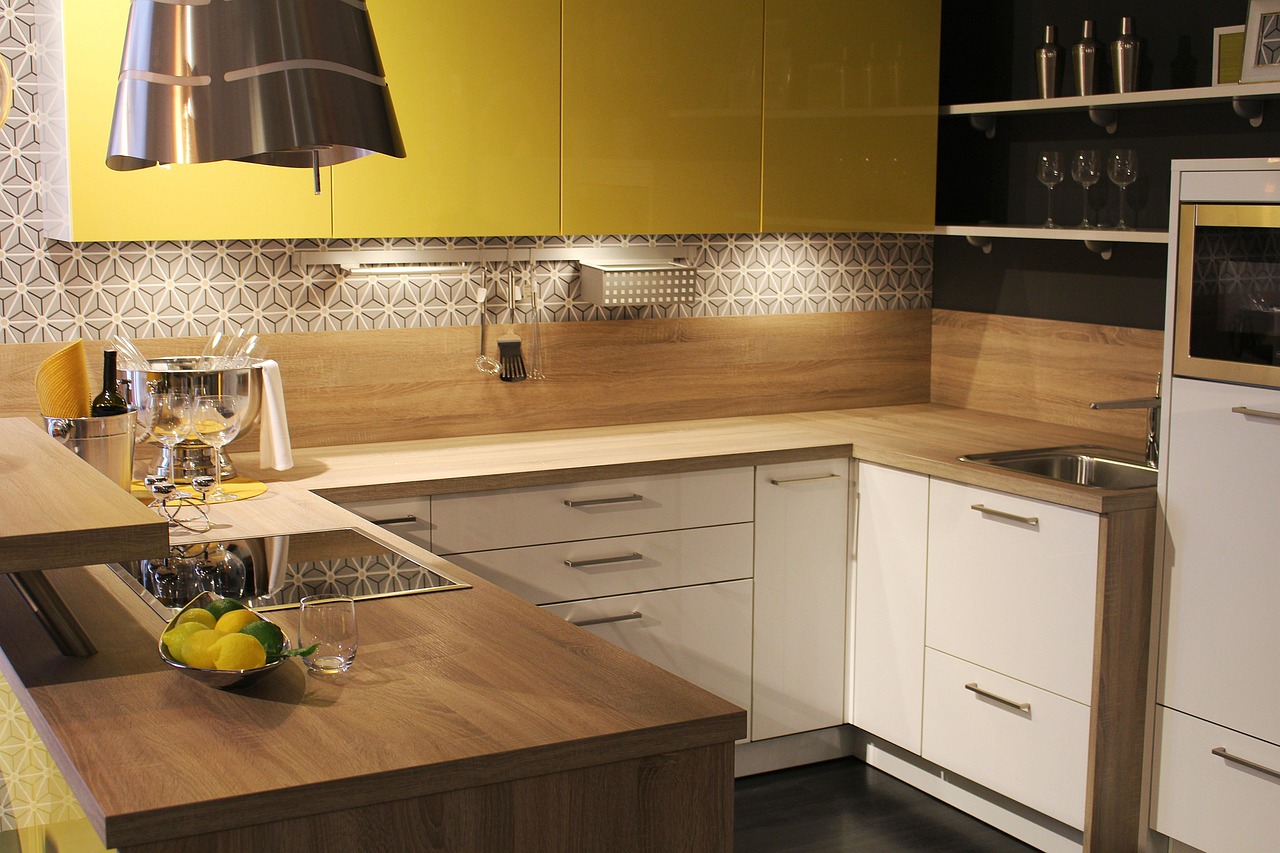Winter arrives fast in Toronto. Snow piles up. Boots, coats, and gear need spots. Shelving systems Toronto help, but many install wrong and waste vertical room. Smart setups multiply usable space by sixty percent.
The Real Issue With Standard Shelves
Most folks eyeball where to put shelves instead of measuring. This creates gaps, uneven heights, and wasted space. Shelves hang crooked because people skip levels. Weight distribution fails because screws go into drywall, not studs.
A shelf starts sagging within months. Books slide off. Winter gear tumbles down. Walls get cracked. It’s a hassle.
Fixing Problem One: Missing Wall Studs
Studs are the bones of your walls. Drywall alone won’t hold much weight. Shelves attached only to drywall will fail under sixty pounds.
Use a stud finder first. Mark each stud location with pencil. Most studs sit sixteen inches apart. Plan your shelf brackets to hit at least two studs. Shelves attached to studs hold three hundred pounds or more.
If you can’t line brackets up with studs, use special anchors. Molly bolts and toggle bolts work for medium loads. They cost less than moving your shelves to stud locations.
Fixing Problem Two: Crooked Shelves Destroy Storage
A spirit level costs fifteen dollars. Skip one and your shelf slopes like a slide. Gravity wins. Items roll off. Kids get frustrated.
Mark a level line where your shelf will go. Use a level to double-check. Any slope over a quarter inch will cause stuff to slide.
Draw a pencil line along your level marking. Attach brackets right on that line. Measure from the floor to the line at each bracket spot. Consistency matters.
Fixing Problem Three: Using Too Few Fasteners
Manufacturers pack exactly as many screws and brackets as you need. Using fewer means failure. Don’t toss extras. Use them all.
Most shelves need brackets every sixteen to twenty-four inches. Use all provided hardware, not just half. Cheap-outs cause crashes.
Fixing Problem Four: Bad Location Choices
Don’t put shelves near electrical outlets. You don’t want to drill into hidden wiring. Avoid spots close to light fixtures. You need clear access to fixtures for repairs.
Place shelves where you’ll actually use them. A shelving Toronto system in a basement stores seasonal gear. Garage shelves hold tools. Entry closets store coats and boots.
Think about access too. Can you reach the top shelf without a ladder? Is the middle shelf at eye level for finding stuff fast?
Fixing Problem Five: Picking Weak Brackets
Cheap brackets bend under load. Quality brackets stay firm. Spend five to eight dollars per bracket for strength. Cheap ones cost two to three dollars but fail fast.
Metal brackets outlast plastic. Wood shelves need heavy-duty brackets. Floating shelf clips require thicker walls.
Winter Storage Solutions Using Shelves
Stack clear plastic bins on shelves. Label each bin—”Snow Gear,” “Summer Toys,” “Holiday Stuff”. Clear bins let you see what’s stored. Winter means ice scrapers, snow shovels, sleds belong in reach.
Wall-mounted shelves free up floor space. Overhead racks hold seasonal items out of sight. Hooks hang shovels and snow blowers.
Garage shelving Toronto systems use vertical space. Attic racks hold light items. Basement shelves stack seasonal clothes in vacuum-sealed bags.
-
Use a stud finder to locate wall support
-
Install a level line before placing brackets
-
Use all provided hardware—no shortcuts
-
Pick locations you’ll use year-round
-
Choose steel brackets over plastic
Spring Forward, Not Backward
Custom closet systems run fifteen hundred to eight grand. DIY shelving costs one hundred fifty to five hundred dollars. RTA systems cost one thousand to two grand installed.
The invest pays off. Good shelving organizes space so you find things fast. Winter gear stays dry and sorted. Spring cleanup goes smooth when you know where everything sits.
Shelving systems Toronto families use combine style and function. Wood shelves look nice in living areas. Metal racks serve garages and basements. Choose what matches your space.
Contact Us Today
Measure twice, drill once. Pre-drill pilot holes before driving screws. This stops wood from splitting. Mark depth lines so brackets sit flush.
Custom shelving needs planning. Sketch your wall showing studs, outlets, and light fixtures. Plan shelf heights for what you’ll store. Taller shelves for bins. Lower ones for shoes. Call us today for all your home renovation needs.

